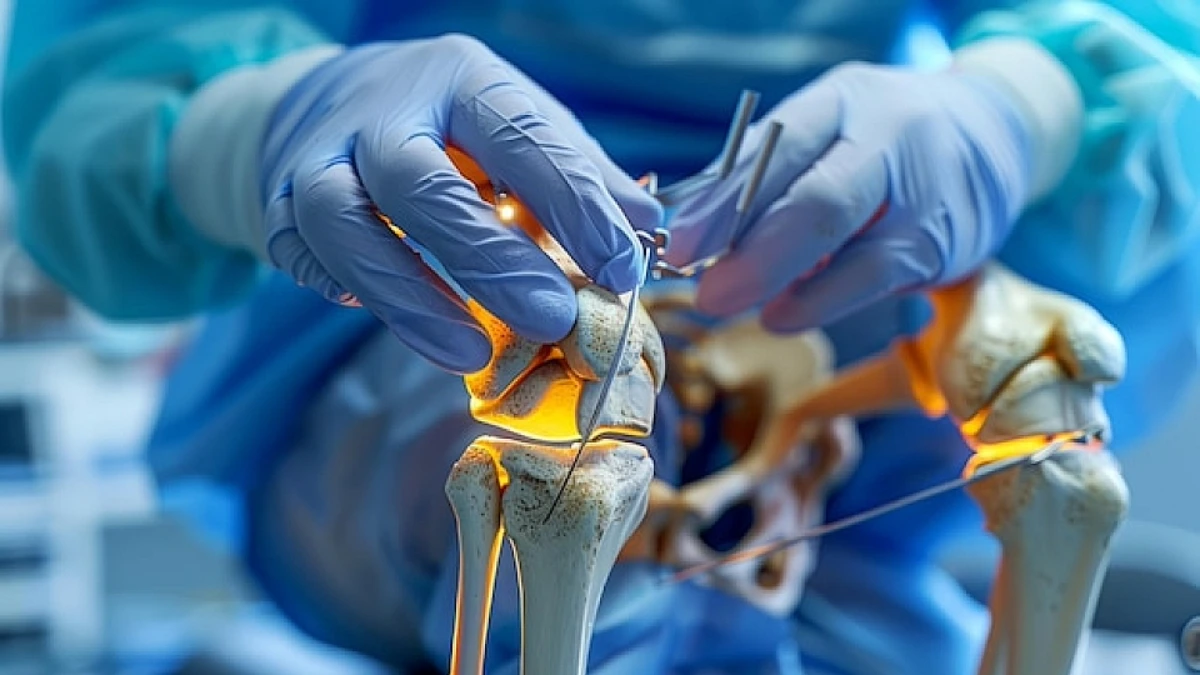Hysterectomy surgery for womb cancer is a critical procedure that involves the removal of the uterus to prevent the spread of cancerous cells. Additionally, it stands as a beacon of hope for many, aiming to enhance the quality of life and increase the survival rates among women facing womb cancer. Furthermore, this surgery involves the removal of the uterus and sometimes other reproductive organs, depending on the cancer’s stage and spread. Here, we delve into the intricacies of hysterectomy surgery, its types, what patients can expect, and the life changes that follow. This ensures women and their partners are well-informed at every step of the process.
The 5 Types of Hysterectomy for Womb Cancer
There are 5 types of hysterectomy for womb cancer, each suited to different stages and conditions. Beyond the ones mentioned, subtotal and vaginal hysterectomies are options, focusing on removing the uterus while leaving other parts intact when possible. Each type has its merits and considerations, discussed in depth with your surgeon.
Types of Hysterectomy Surgery for Womb Cancer
Hysterectomy surgery for womb cancer is tailored to the individual, with specific types chosen based on the cancer’s spread, the patient’s health, and personal circumstances. The main types of hysterectomy surgery include:
Total Hysterectomy
This procedure involves the complete removal of the womb and cervix. Oftentimes, it also includes the removal of both fallopian tubes and ovaries, known as a bilateral salpingo-oophorectomy (BSO), to ensure that any potential cancerous cells are eradicated.
Subtotal Hysterectomy
Also known as a partial hysterectomy, this procedure removes the uterus but leaves the cervix intact.
Radical Hysterectomy
Reserved for more advanced stages of womb cancer, hysterectomy surgery extends beyond the womb to remove surrounding tissues, parts of the vagina, and lymph nodes. It’s an extensive procedure aimed at controlling the spread of cancer.
Laparoscopic Hysterectomy
Laparoscopic surgery also known as keyhole surgery, is a minimally invasive method that uses small incisions and specialized instruments to remove the uterus. It’s preferred for its reduced recovery times and minimal scarring.
Robotic-Assisted Hysterectomy
A cutting-edge approach using robotic technology to provide more precision during surgery. This method is gaining popularity due to its effectiveness and reduced patient downtime.
Post-Operative Advice for Husbands and Partners
Support from spouses and partners is crucial after hysterectomy for womb cancer. Here’s some advice for husbands after hysterectomy:
- Be patient and understanding as your partner recovers. Emotional and physical healing takes time.
- Help with household chores and errands to allow your partner ample rest.
- Be open to discussing changes in intimacy post-surgery and offer reassurance and support.
Life Expectancy and Quality of Life Post Hysterectomy Surgery for Womb Cancer
Many wonder about life expectancy after total hysterectomy for womb cancer. While this depends on the cancer stage and patient’s health, successful surgery and follow-up treatment can lead to favourable outcomes. Importantly, the focus on quality-of-life improvements is substantial, with many women reporting relief from cancer symptoms and a return to normal activities after recovery.
Hysterectomy Surgery for Womb Cancer Costs
The hysterectomy surgery cost varies widely depending on the procedure type, hospital stay, and whether additional treatments are needed. You need to consult with healthcare providers to get an accurate estimate.
Managing Hysterectomy Side Effects
Hysterectomy side effects can include menopausal symptoms, changes in sexual function, and emotional impacts. Healthcare teams offer support and treatments to manage these effects, ensuring a smoother recovery and adaptation to life after surgery.
Closing Thoughts
Hysterectomy surgery for uterine cancer is a pivotal treatment, offering hope and a path towards healing for many women. Furthermore, with the support of dedicated medical professionals at Avicenna International Hospital, patients receive comprehensive care tailored to their needs. If you or a loved one is facing this journey, we’re here to offer expertise, compassion, and advanced treatment options.
Recovery from a laparoscopic hysterectomy typically takes around 2 to 4 weeks, a shorter period compared to traditional surgeries.
Adopting a balanced diet, engaging in gentle exercise as approved by a healthcare provider, and managing stress are key post-operative considerations.
While hysterectomy significantly lowers the risk, regular follow-ups are essential to monitor for any signs of recurrence.







